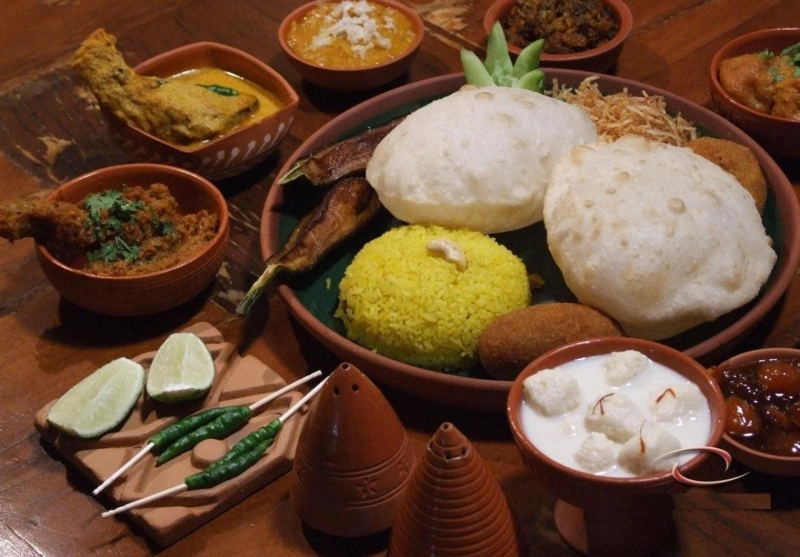The culinary practices of ancient India offer profound insights into the civilization's cultural evolution. Food, an essential aspect of life, reveals not only the preferences and resources of ancient societies but also social structures and religious beliefs. The rich tapestry of ancient Indian food habits can be traced through various periods, each marked by distinct practices and innovations.
During the early phases of the Indus Valley Civilization, inhabitants consumed a diet enriched with fruits, wild berries, fish, and meat. As communities began to settle, agriculture took root, leading to the cultivation of staple crops such as rice and pulses in fertile river valleys. Rice emerged as a staple, complemented by lentils, vegetables, and occasionally meat. Wheat became vital too, facilitating the creation of flatbreads known as "roti" and leavened breads called "naan," enhancing the diversity of the diet.
The Vedic period introduced stark contrasts in eating habits, primarily delineating the dietary practices of Aryans and Dravidians, shaping the north-south culinary divide. The influence of religious texts like the Vedas underscored the growing popularity of vegetarianism, as the reverence for cows led to a marked decline in beef consumption. The Maurya period further reflected this shift; Kautilya's writings emphasized a balanced diet for the ruling classes while curtailing animal sacrifices.
The Gupta period, heavily influenced by Buddhism and Jainism, heralded significant changes in food culture. The worship of a Mother Goddess and the sacred status of cows reinforced vegetarianism, alongside the introduction of Central Asian fruits and vegetables, enriching Indian gastronomy.
Through these transformative epochs, food in ancient India evolved significantly, shaped by cultural assimilation and the influx of foreign influences. The arrival of groups such as the Gujjars and Hunas further diversified culinary practices, integrating new ingredients and methods. Thus, ancient Indian food extends beyond nourishment; it encapsulates the enduring legacy of an intricate civilization and its continuous journey through time.


